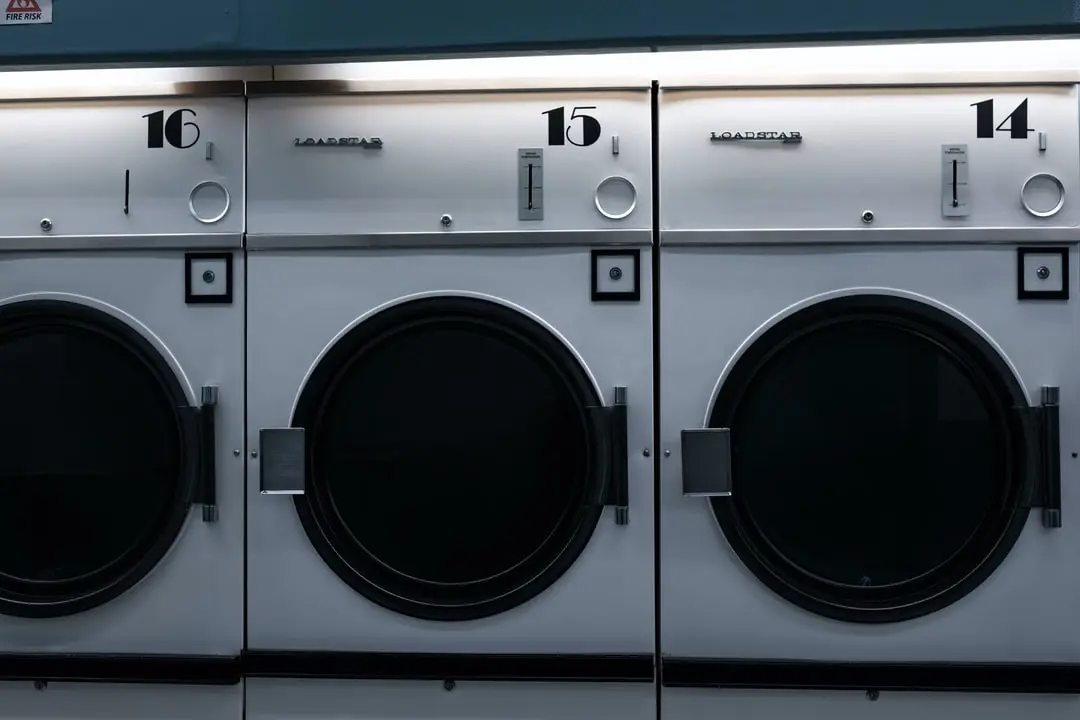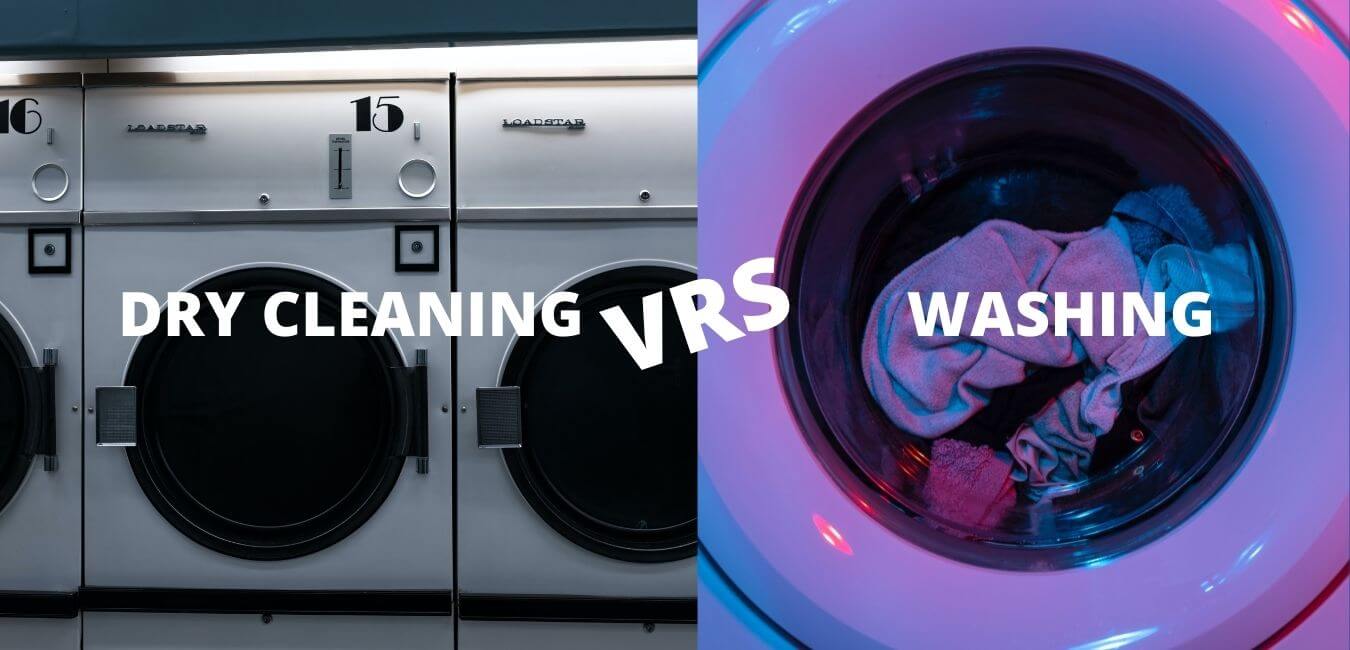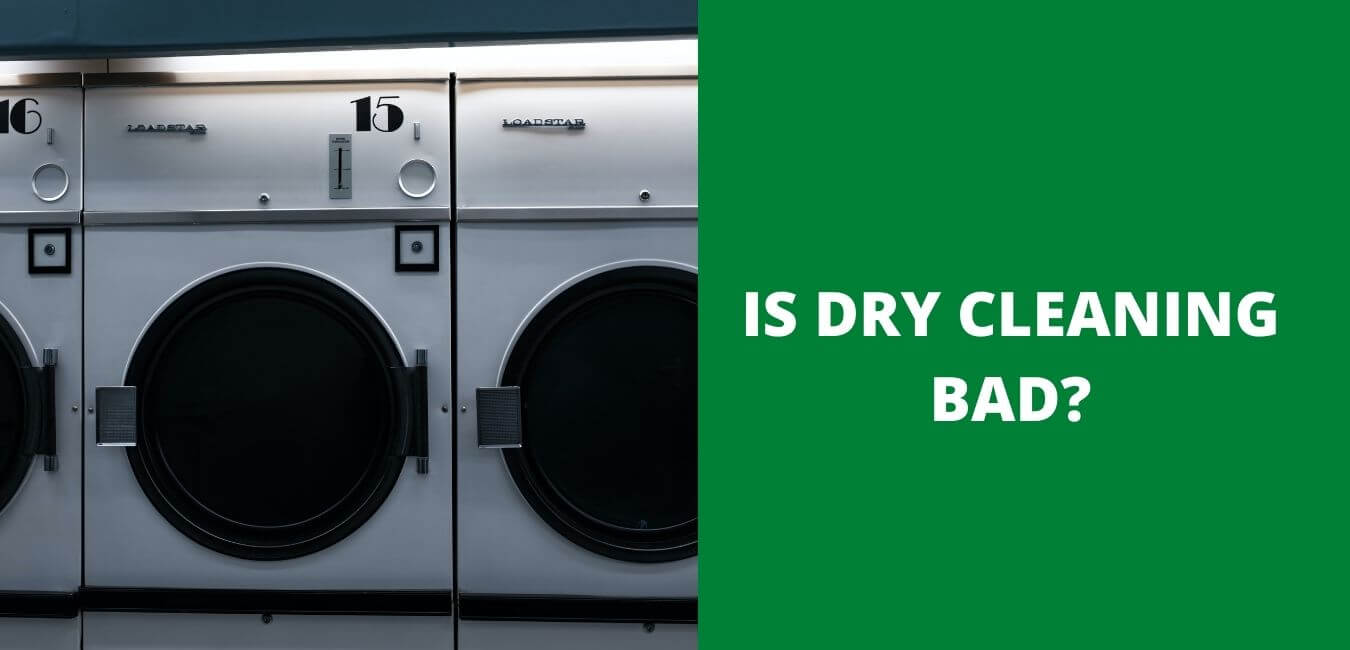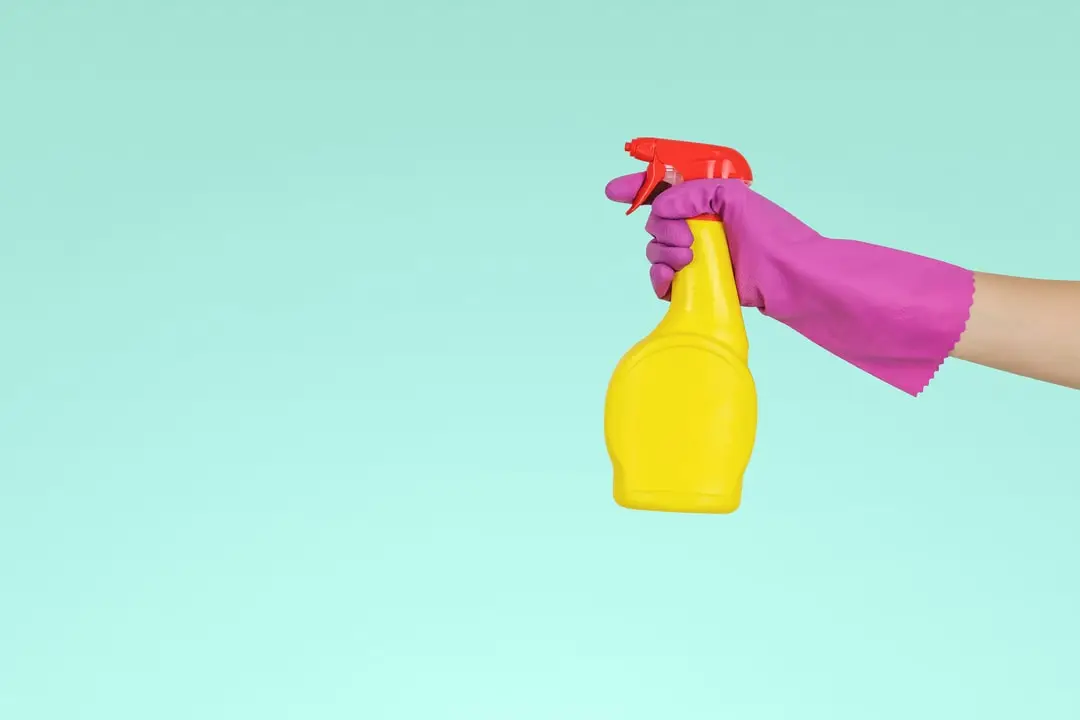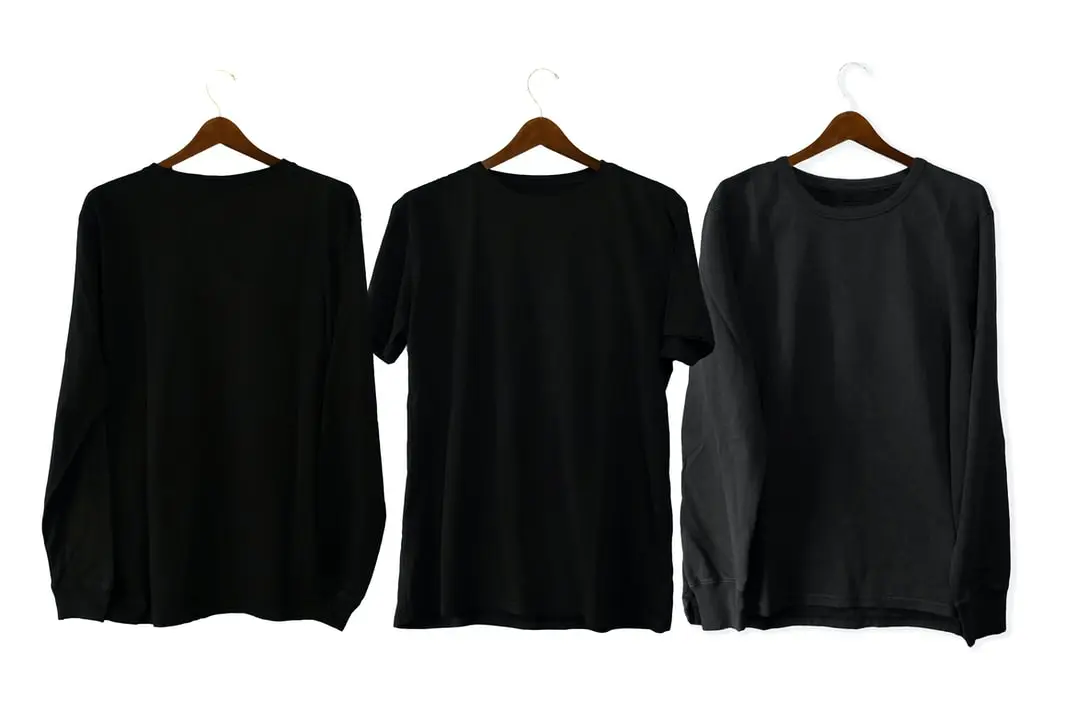One of the most mysterious things many people continue to think about is what happens to clothes if they are dropped at the premises of dry cleaners.
You may be asking whether it’s possible to clean stains on garments without soaking them in water. In fact, the main question could be whether dry cleaning is really dry. If you have been pondering over that, this article will help clear that mystery.
History of Dry Cleaning
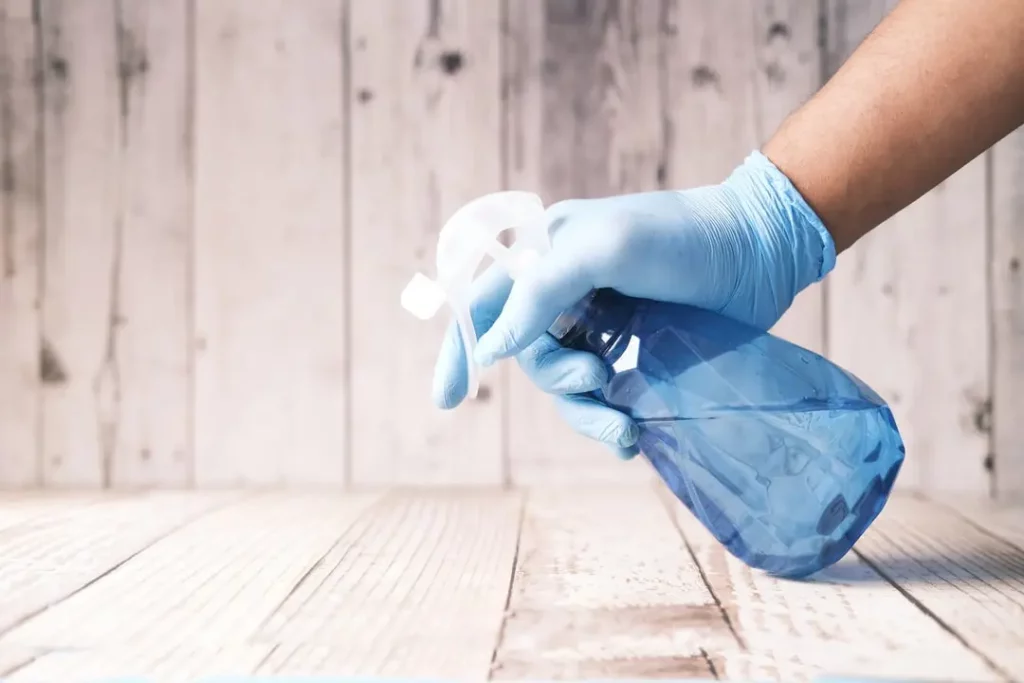
Dry cleaning was practiced in the early Roman Empire. Records have it that the earliest dry-cleaning shops were found in 79 AD in Pompeii. At that time, dry cleaners used clay (fuller), lye, and ammonia to remove stains and dirt from clothes.
It is also mentioned that this method of cleaning was used in the 17th century, specifically in 1690. During that time, turpentine spirits were used to clean fat and oil stains.
In the 19th century, there were numerous developments in the dry-cleaning industry. Thomas Jennings was granted the patent for “dry scouring” in 1821 in the US.
Jean Baptiste Jolly, the man considered to be the father of modern dry cleaning, opened Jolly-Belin in the 1840s in Paris, which was the first modern dry-cleaning shop.
Basically, dry cleaners used spirits of turpentine, white gasoline, benzine, camphor oil, kerosene, and naphtha as chemical solvents for their activities.
Today, dry cleaners use several solvents to help them perform their jobs well. The EPA is making efforts to completely phase out Perc even though a large number of dry cleaners still use it.
Other chemicals are N-Propyl Bromide (DrySolv), Siloxane (Green Earth, D5), Hydrocarbons (DF 2000, EcoSolv), Acetal (Solvon, K4), Propylene Glycol Ethers (Solvair, Rynex), and others.
Even now, the Environmental Protection Agencies of countries around the world are advocating for the adoption of wet cleaning as an alternative to the traditional dry-cleaning process.
That is due to the negative effects of dry-cleaning solvents on humans, animals, and the environment.
How is Dry Cleaning Done?

Understanding the processes involved in dry cleaning proves useful in our understanding of why the method could be bad or not.
The process and/or steps involved in dry cleaning garments and fabrics may vary from one company to another. But, basically, dry cleaning consists of the following processes and stages:
Identifying and Inspecting Garments
Garments are tagged for easy identification when returning them to their owners. This step makes it easy for dry cleaners to identify the real owners of garments. It helps them avoid delivering the wrong clothes to the wrong owners. It prevents fabrics from getting missing at the premises of the dry cleaner.
Spotting and Identifying Stains
This helps them identify the appropriate cleaning process and ingredients for each garment. This step is extremely important because some stains cannot be dry cleaned without pre-dry-cleaning treatment.
Due to that, dry cleaners find it useful to spot and identify stains before commencing the process of dry cleaning. If done properly the finished product will be great. However, when ignored or handled inappropriately, then your garments will be returned not properly cleaned.
Sorting Garments into Categories and Color
Dry cleaners then categorize the fabrics according to their care labels and the recommendations of the fabric’s manufacturers. Every “dry clean only” garment has a label on how to care for it, provided by the manufacturer.
Here, dry cleaners spend time reading through all of those recommendations on the care labels. After that, the clothes are categorized according to their labels. This is necessary because it avoids situations where garments are cleaned with inappropriate methods and/or chemical solvents.
Dry Cleaning Garments
After sorting and categorizing garments, dry cleaners then clean them with appropriate chemical solvents to remove stains. Here, garments will be kept in dry cleaning machines, that look like the conventional washing machines in our homes.
The garments are then soaked with appropriate cleaning solutions depending on their nature and the recommendations by their manufacturers. The chemicals then dissolve and degrease the dirt on the clothes. After that, the chemicals will be drained and recycled for further usage.
Drying Garments
After the cleaning process, they dry the garments at appropriate temperatures for each fabric.
After draining the solvent used in the cleaning process, the garments will be kept at appropriate temperatures to dry. The standard temperature used is 40 degrees Celsius. This temperature is just enough to dry the garments without harming them.
Inspecting and Spotting Stains
There is always a post-cleaning process. In this process, cleaners spot stains such as chemical residue on the garments.
Once spotted, the cleaners then clean and treat them with appropriate chemicals and procedures or methods. This process is essential because the dry-cleaning process may not always work as smoothly for garments as expected.
Pressing and Final Inspection
After the preceding process is finished, your cleaners will then pass the garments under steam ironing. The ironing makes the garments look great. Having done that, it is time for the final inspection of the finished product.
If they find everything to be okay, the cleaners then prepare the garments for delivery to their owners.
Benefits of Dry Cleaning

Dry cleaning is appropriate for removing dirt from fabrics that don’t react well when washed in water. For example, garments like silk, rayon, linen, wool, leather, and suede are all suitable for dry cleaning.
Aside from the above, it is highly convenient. The process of dry cleaning saves us time and makes cleaning an easy job. The process takes about 15 to 20 minutes for garments to be cleaned. The time gained can be used for different things.
Also, it is great for degreasing and removing oily stains from fabrics. These types of dirt are difficult to remove using the traditional washing process. So, it will pay to drop off your garments at the dry cleaner’s premises if they are stained with oil or grease.
Further, it increases the life span of clothes. By the nature of its processes, it prevents shrinking, crumpling, bleeding, and discoloring of garments. This makes them last longer.
In fact, there are several benefits to adopting this method of dirt cleansing from fabrics.
Final Thoughts
To conclude, I believe you now understand how dry cleaners get your garments to look amazingly clean and shiny. If you have been considering dry cleaning, I am pretty sure the benefits of dry cleaning provided in this article can be helpful. Thanks for reading!
